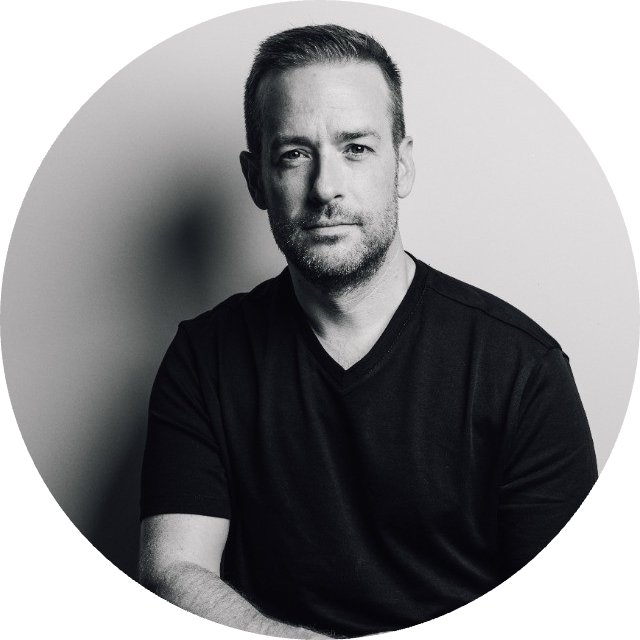Four reasons why leaders are drowning, damaging a CEO pipeline

With more than half (65%) of senior leaders across the U.S. burned out, it’s clear that today’s leaders are struggling.
That data is from talent solutions provider LHH, which also found that 60% of executives would like to have more support available to them. Leadership is having to be reimagined on the fly between a post-pandemic world, technological advancements and shifting societal norms. It’s impacting every layer of an organization from succession planning to individual contributor success. The characteristics of what makes a good CEO today isn’t what it might have been five years ago.
We spoke to experts and CEOs themselves to better understand the realities of the challenges they face today.
Expectations of CEOs
Everyone looks up to a CEO for guidance, creating a growing mountain of expectations on the individual in charge of the company. Since the pandemic, those expectations have multiplied, with additional changes being thrust on all of us, and leaders more specifically. And while it’s their job, it’s not to say that it isn’t challenging at times.
“The workforce’s expectations of work and the relationship between the worker and the employer has dramatically changed,” said John Forsythe, managing director in the federal organizational transformation service line of Deloitte Consulting. “It’s no longer a case where it’s OK that I pay you, we get work done, and we’re done. The employee expects their organization to care for them, and not only financially, but socially, mentally, and physically, help them become a sustainable, thriving human.”
He says that it’s in ways that the current leadership probably did not receive from their leadership when they were growing up in the organization.
“The level of burnout has never been higher,” said Gaëlle de la Fosse, president of LHH. “I do believe there’s a burnout epidemic in organizations.”
Those increasing expectations have a toll. In fact, it can be so stressful that it’s ending interpersonal relationships. According to Headspace’s recent report Workforce State of Mind, 85% of CEOs say that work stress has led to the end of a relationship in the past year. Nine in 10 CEOs are concerned about their employee resilience and worry they don’t have the mental strength to respond to changes, and 97% say this has caused extreme or high stress.
No role models
While those expectations pile on, there really isn’t anyone to turn to who isn’t still trying to figure it out themselves. That can be tricky.
“The challenge now is that the idea of leadership is becoming even more abstract,” said Jim Frawley, expert in change management and organizational development. “Everyone knows the attributes of good leaders, they’ve all worked with bad leaders. But this abstract ability to take a look at what’s necessary to make the decisions in the moment and get everyone in the ship to make those decisions is a completely different animal.”
The burnout epidemic that de la Fosse mentions is one that results in senior leaders having to continuously adapt, while junior leaders enter a new kind of leadership world.
“And so, everybody kind of has to reinvent leadership,” said de la Fosse. “In the world that I grew up in, you had role models and leadership models you could follow. But I think now, everyone kind of has to reinvent what the right leadership model is for this new world of work.”
At LHH, managers have made it a point to continue conversations around culture and developing leadership skills to not leave a leadership pipeline dry, which is a real potential consequence to a changing leadership landscape.
CEO pipeline faces an uncertain future
The LHH data found that 25% of respondents noted a lack of succession planning as a top leadership challenge. Yet, Gen Zers are quickly advancing into higher-level roles in the workplace – they were promoted 1.2x faster in 2023 than in 2019 – calling into question the preparedness of today’s workforce and current senior leaders for the major leadership transitions up ahead.
De la Fosse argues that the upcoming generations are less hierarchical than the previous generation, which we also see with the rise in dual-track promotions, driven by a population looking to avoid people management.
“It’s a generation that has a flatter vision of the world where everybody is at par,” said de la Fosse. “That will make a big change in organizations, where organizations will be more grounded and less top down. In a world where there is really fast change, it’s difficult to have an only top-down approach.”
She says that the first step is figuring out who potential leaders are, which can be difficult when companies don’t have solid systems that identify the next generation of leaders. While older generations are staying in the workforce, and leadership positions more specifically, longer, when they eventually leave they might look back and not see much of a pipeline.
“What happened with leadership is the boomer generation did not retire, for a lot of reasons,” said Julia Toothacre, a career strategist. “They’re staying on much later and in those leadership positions. This has created almost like a backup, a clog in the leadership pipeline. I think a result of that is a lot of millennials who don’t even want to go into leadership anymore.”
Toothacre says a lot of people in this next generation of CEOs said “I don’t want that stress” that leaders had to deal with through the pandemic. Instead, they want to do their job and go home — a much more prevalent story than before.
Will companies really end up with a lack of a leadership pipeline though? Probably not, because there will always be people who end up either getting pulled into it or coached into it. However, others remain even more positive than that. Marco Zappacosta, CEO and co-founder at home services website Thumbtack, is in that boat.
“It’s expanding the leadership pipeline,” said Zappacosta. “With remote work we have access to even more amazing leaders living around the country and the world.”
He says he believes people’s aspirations and ambitions still exist to be leaders, even if a leader looks different today.
“In the past having just a job was enough,” said Zappacosta. “People today care about mission and values and view work as a reflection of their own personal goals and beliefs. While this might make being a leader harder, I see it as employees pushing companies to be better. It makes our job as leaders even more meaningful to build and support the growth of a team that has high expectations and is invested in their work – and bringing real value to their users.”
Forsythe agrees. “I have seen some really exceptional leaders coming out of the woodwork, folks that can work across multiple generations, folks that have a tech savviness and understand the use of technology, leaders that really understand to be successful in an organization they need to help their people thrive,” he said.
Ongoing challenges
Remote work, hybrid offices, the emergence of generative AI. That’s just a shortlist of the everyday challenges that leaders are navigating today. It might have slowed down since peak pandemic when no one really knew what to do, but we’re still not totally in the clear.
“I think the 2020s continue to be a very transformative decade and it’ll be interesting to see, from a leadership perspective, how the rest of this decade plays out,” said Forsythe.
The Headspace report found that remote CEOs are more stressed than CEOs who lead in-office workers. But AI remains a top challenge above all. According to LHH’s data, “technological disruption including AI” was the top external challenge, cited by 29% of respondents, while ‘digital transformation’ (26%) was the top internal challenge.
“From hybrid to artificial intelligence, leaders need to be able to imagine and prepare a workforce for getting work done, but it can’t be the same coach that they were growing up with because technology is changing how work happens,” said Forsythe. “People are trying to break old habits.”
Frawley doubles down on that, saying that AI is changing the way leaders think about work.
“It changes every assumption that you’ve ever had, that now you need to completely throw out the window and start at zero,” said Frawley.


